Aussies love pets! We are a nation of pet owners, with some of the highest ownership numbers worldwide.
You can see that in our:
- Pet-friendly beaches
- Enclosed dog parks
- Pet-friendly cafes
- Accommodation
- And more
But authorities also need to think about public safety. So, we have stringent regulations here in Australia regarding the breeds of dogs and cats you can import.
You can’t bring certain dog and cat breeds into Australia. You won’t be able to transport these types of pets into the country if relocating.
Let’s look at the banned dog and cat breeds.
List of Banned Dog and Cat Breeds
The following breeds are banned from entering Australia:
Pure-bred dogs
- American Pit Bull Terrier
- Fila Brasileiro
- Japanese Tosa
- Dogo Argentino
- Perro de Presa Canario
Hybrid dogs
- Czechoslovakian Wolfdog
- Saarloos Wolfdog
- Italian Wolfdog
- Kunming Wolfdog
Cats
- Savannah cats: domestic cat (Felis catus) crossed with serval cat (Felis serval)
- Safari cats: domestic cat crossed with Geoffrey cat (Oncifelis geoffroyi)
- Chausie cats: domestic cat crossed with Jungle cat (Felis chaus)
- Bengal cats: domestic cat crossed with Asian leopard cat (Prionailurus bengalensis)*
*In certain circumstances Bengal cats that are five generations or more removed from their wild ancestor may be imported.
Banned Dogs in Australia
Authorities consider these dogs as potentially dangerous to people and other animals. They’ve placed them on the banned list for importation to Australia.
If you’re travelling with your pet to Australia, you won’t be able to bring these banned dogs with you. You must confirm the breed of your dog and sign a declaration stating it isn’t on the banned list when bringing your pet dog into the country.
1. American Pit Bull Terrier

Known for their strength and agility, American Pit Bull Terriers are often associated with a strong prey drive and territorial behaviour. They have a muscular build and a history of being bred for dog fighting.
They are fully banned in most Australian regions. There’s been a ban on the importation of Pit Bull terriers into Australia for almost 15 years. You need authorisation from authorities to own one.
2. Fila Brasileiro
Also known as the Brazilian Mastiff, the Fila Brasileiro is a large and powerful breed originally bred for hunting and guarding purposes. They are protective and can be wary of strangers, making them potentially dangerous in certain situations.
Fila Brasileiros are known for aggressive behaviour, are powerful and hard to control, and have a history of attacks on people and livestock.
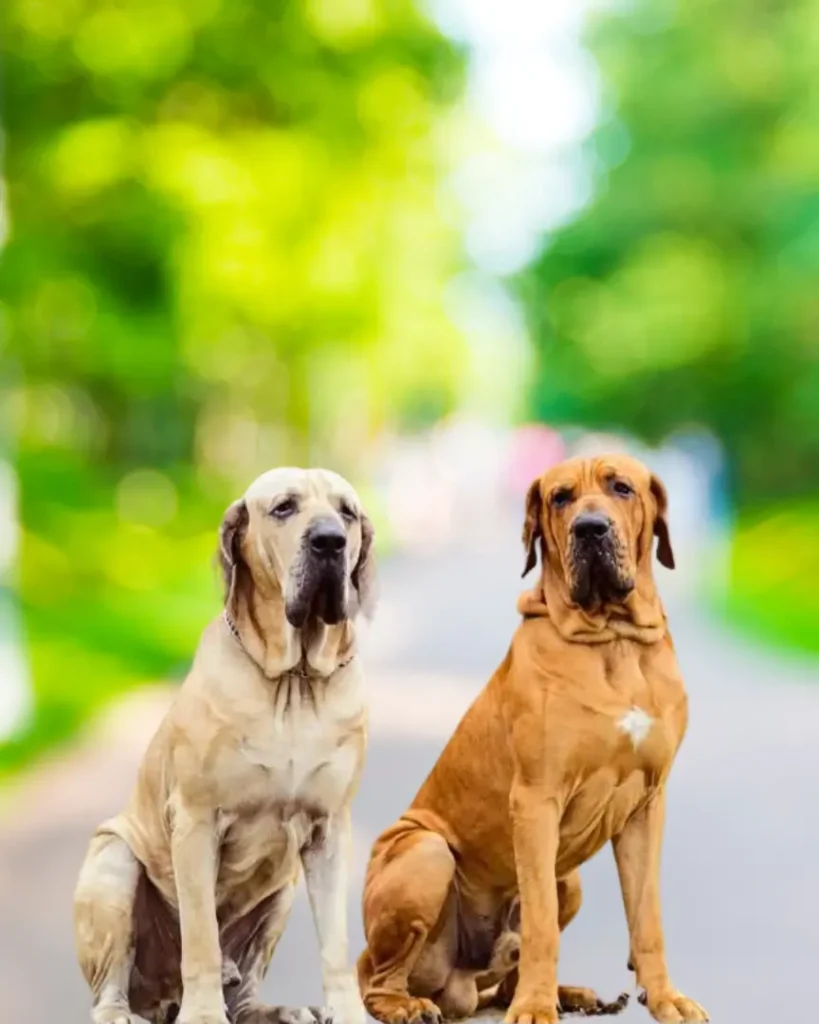
3. Japanese Tosa
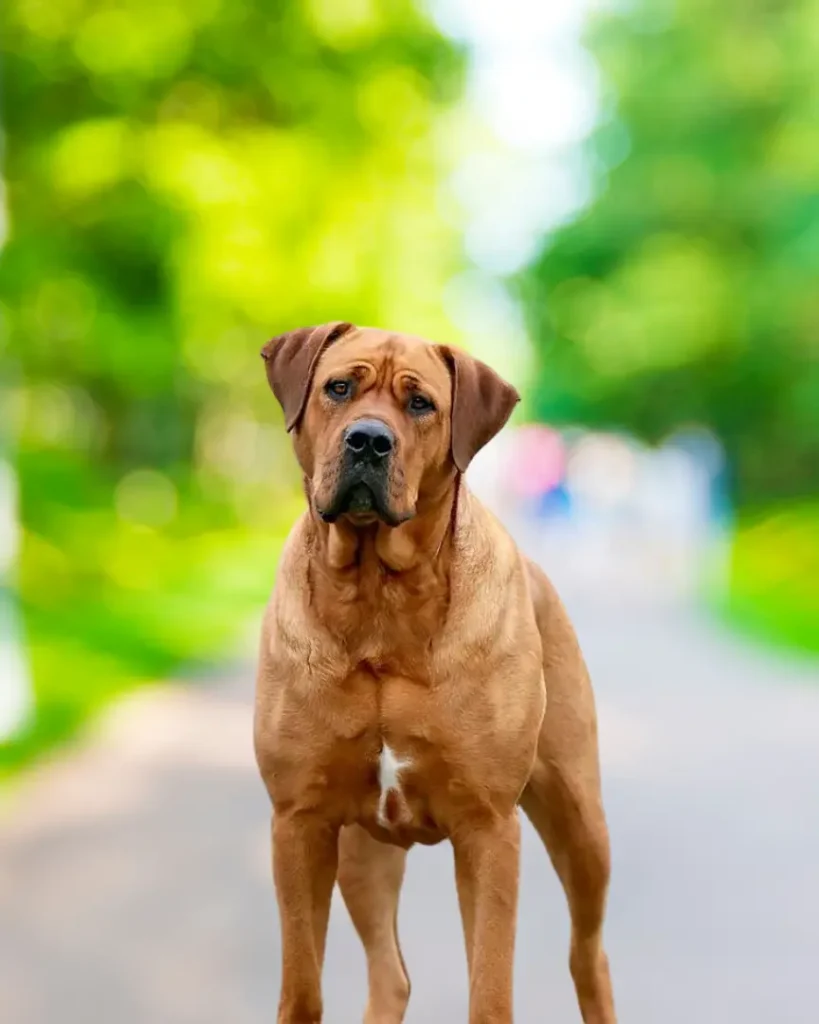
Originally bred for dogfighting in Japan, the Japanese Tosa is large and powerful with a strong protective instinct. They have an imposing appearance and can exhibit aggressive behaviour if not properly trained and socialised.
This breed is banned in Australia due to its fighting history and capability to cause serious injuries. There have been incidents of Japanese Tosa attacks on people and other animals.
4. Dogo Argentino
Developed in Argentina for hunting large game, the Dogo Argentino is muscular and athletic with a high prey drive. They are loyal and protective but can be aggressive to other animals and children.
This breed has killed other animals and children in the past. Australia banned the importation of the breed under any circumstances.
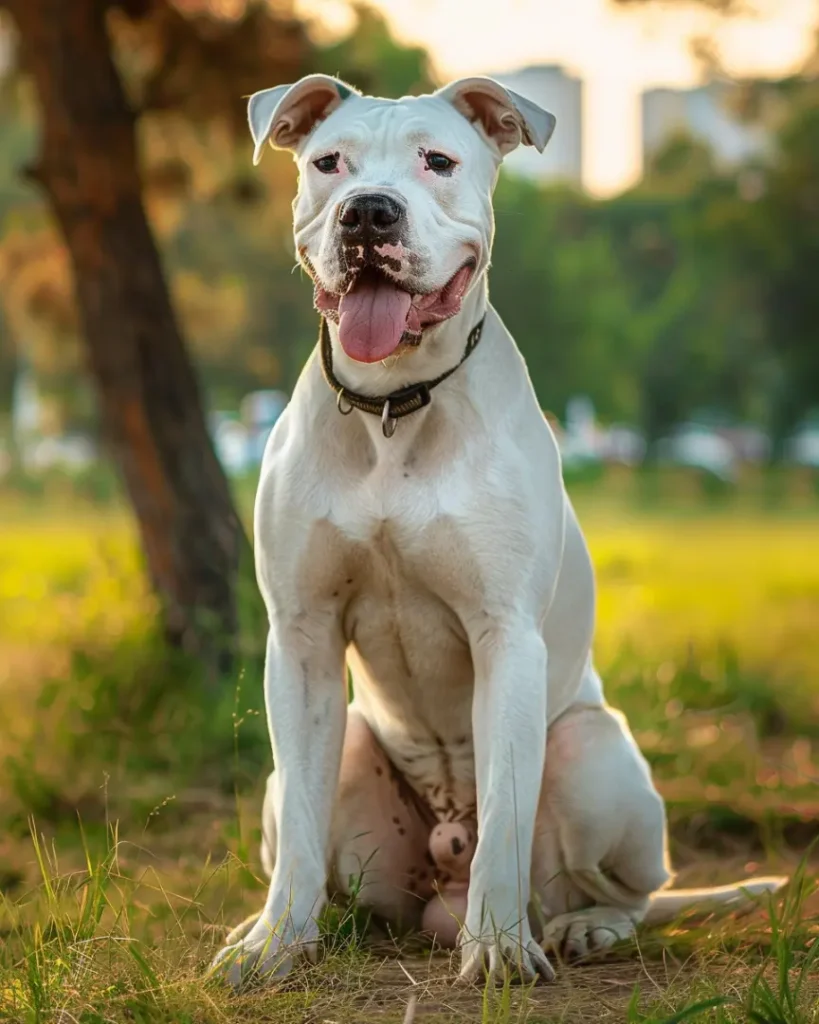
5. Perro de Presa Canario
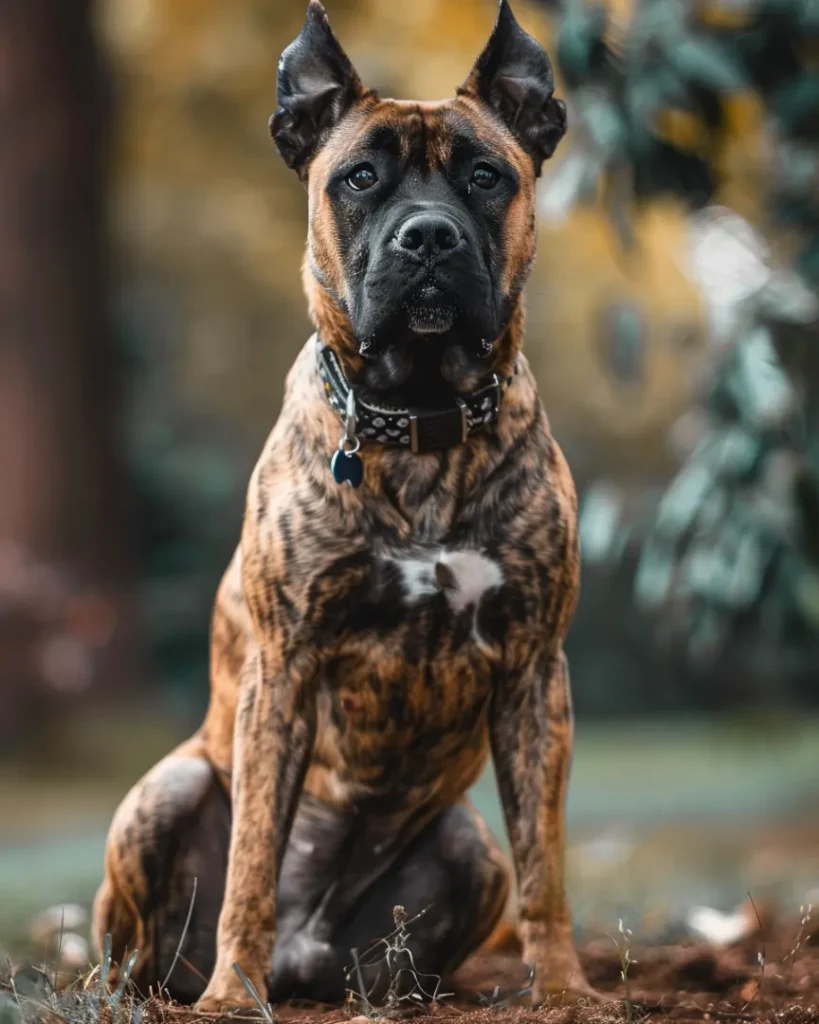
The Perro de Presa Canario (Presa Canario) is a large, mastiff-type dog that originated in the Canary Islands, Spain. These dogs were used for guarding livestock and have strong protective instincts.
They can be very aggressive if not properly trained or socialised. They can attack strangers and other pets, leading to the ban in Australia for the interest of public safety.
6. Czechoslovakian Wolfdog
The Czechoslovakian Wolfdog, or Czechoslovakian Vlcak, originated from a 1950s experiment in Czechoslovakia. It crossed German Shepherds with Carpathian wolves.
They have a strong prey drive, independence, and the potential for aggressive behaviour. This makes them unpredictable, especially around smaller animals or unfamiliar people.
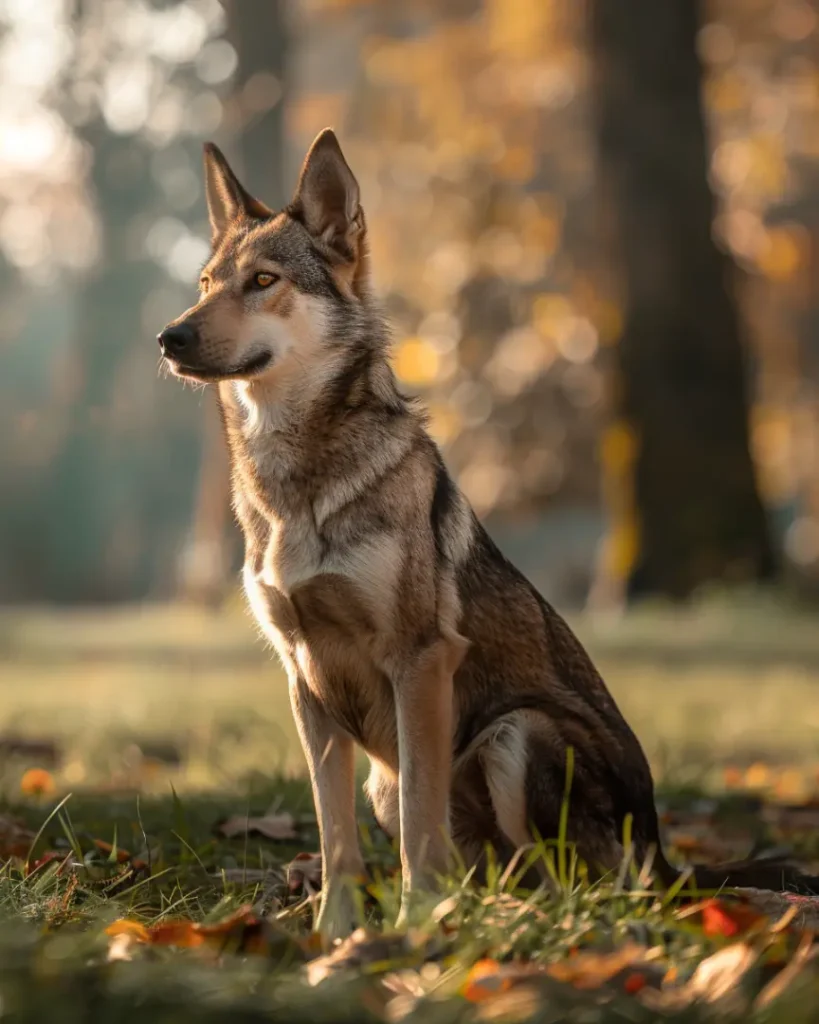
7. Saarloos Wolfdog
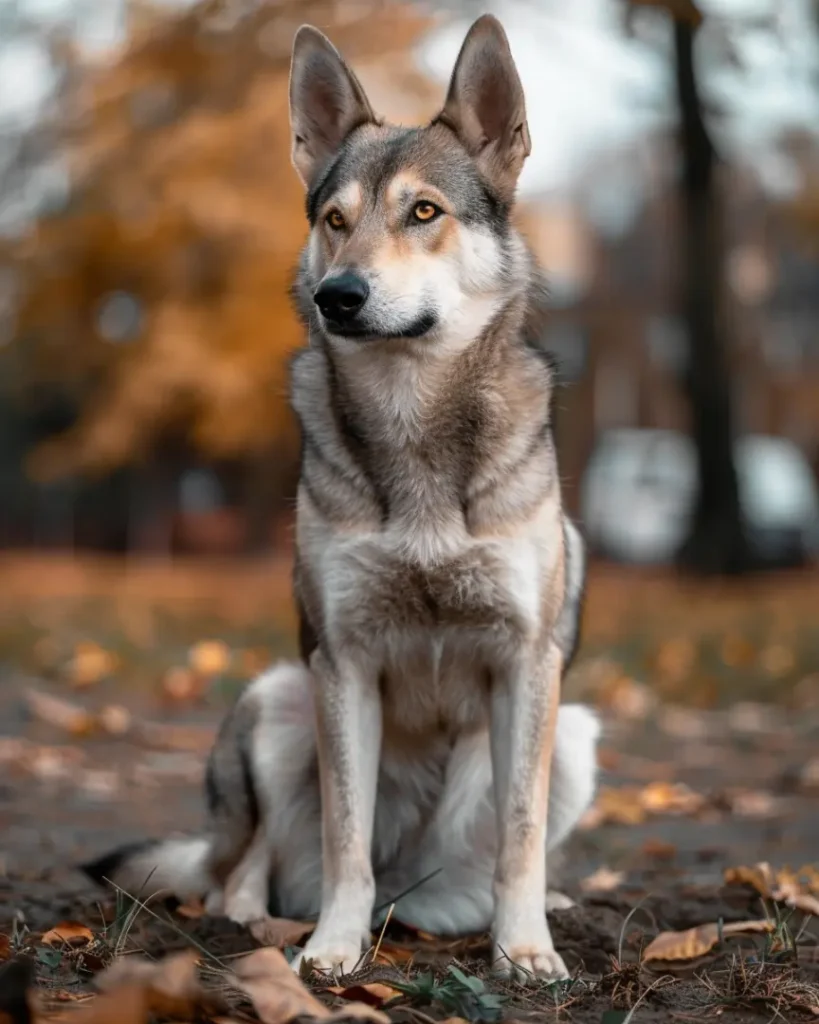
The Saarloos Wolfdog is a hybrid breed created by crossing a German Shepherd with a Eurasian grey wolf. It exhibits many wolf-like traits in its appearance and behaviour.
Saarloos Wolfdogs are quite large, typically weighing between 36 to 45 kg and standing up to 76 cm tall in males and 70 cm in females. They have strong prey drives, making them potentially dangerous to children and small animals.
8. Italian Wolfdog
The Italian Wolfdog is a cross between a German Shepherd and an Italian wolf. The Lupo Italiano is known for its strong, muscular build and wolf-like appearance.
Their strong prey drive can be problematic. They operate on a pack dynamic, and without a strong leader, they may exhibit dominant behaviour. This can lead to aggression if they feel threatened.

9. Kunming Wolfdog
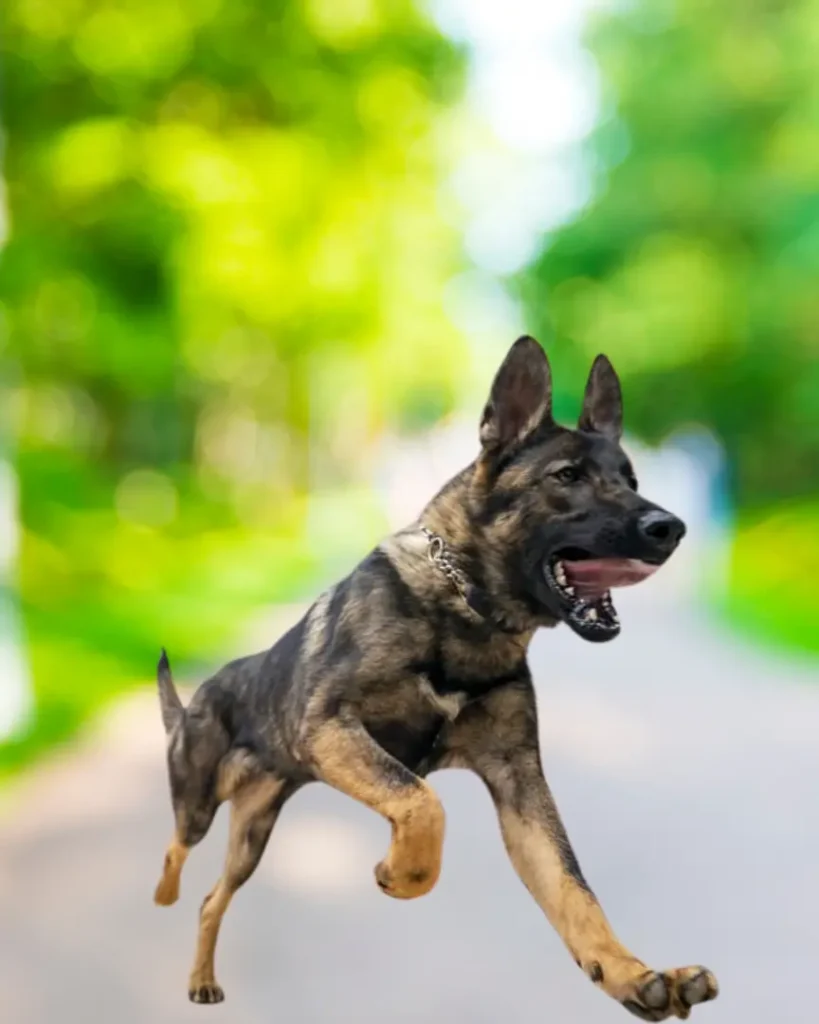
The Kunming Wolfdog, or the Chinese Wolfdog, was developed for the Chinese military in the 1950s. It has traits similar to the German Shepherd, which is part of its ancestry, but also displays characteristics reminiscent of its wolf heritage.
Kunming Wolfdogs are valued in military and police roles. But they can exhibit strong prey drives, making them potentially dangerous to small pets or young children.
Banned Cats in Australia
Certain cat breeds are also banned in Australia. This is mostly because of the risk to native mammals, birds, and reptiles.
We already have a problem with pet cats killing wildlife in Australia.
Research by the Australian National University conducted for the Biodiversity Council, Invasive Species Council and Birdlife Australia found that roaming pet cats kill 546 million animals a year in Australia. Of this number, 323 million are native animals.
So, the following cat breeds are banned in Australia.
1. Savannah Cats
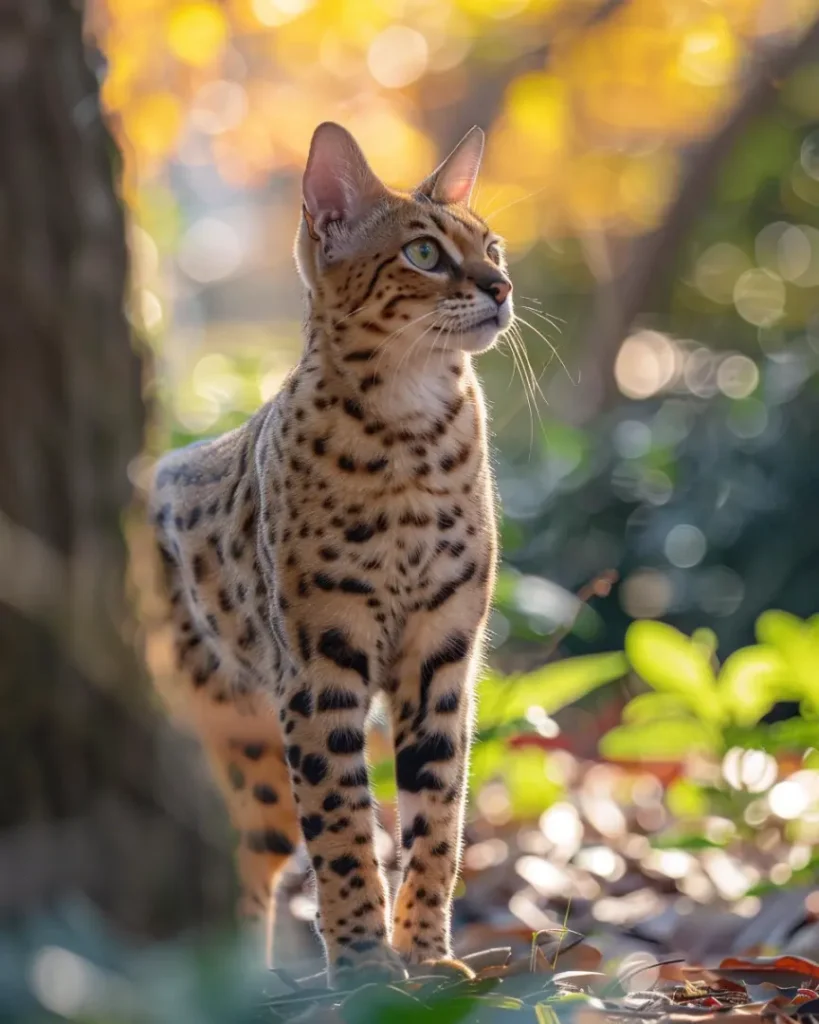
These are a domestic cat (Felis catus) crossed with a serval cat (Felis serval). This exotic cat can be deadly and pose a risk to native Australian flora and fauna.
Authorities banned the importation of this breed in 2008.
2. Safari Cats
These are a domestic cat crossed with a Geoffrey cat (Oncifelis geoffroyi). This hybrid breed is quite rare and was mainly developed for scientific research.
The potential danger it poses to Australian wildlife puts it on the banned list.
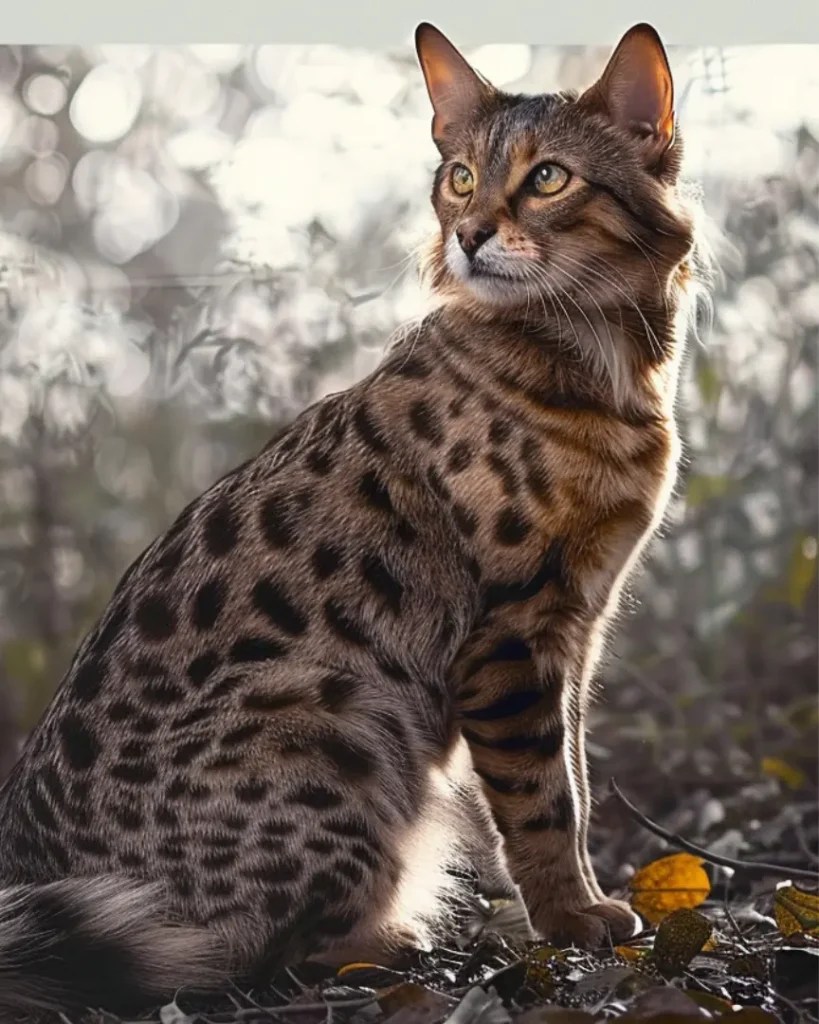
3. Chausie Cats
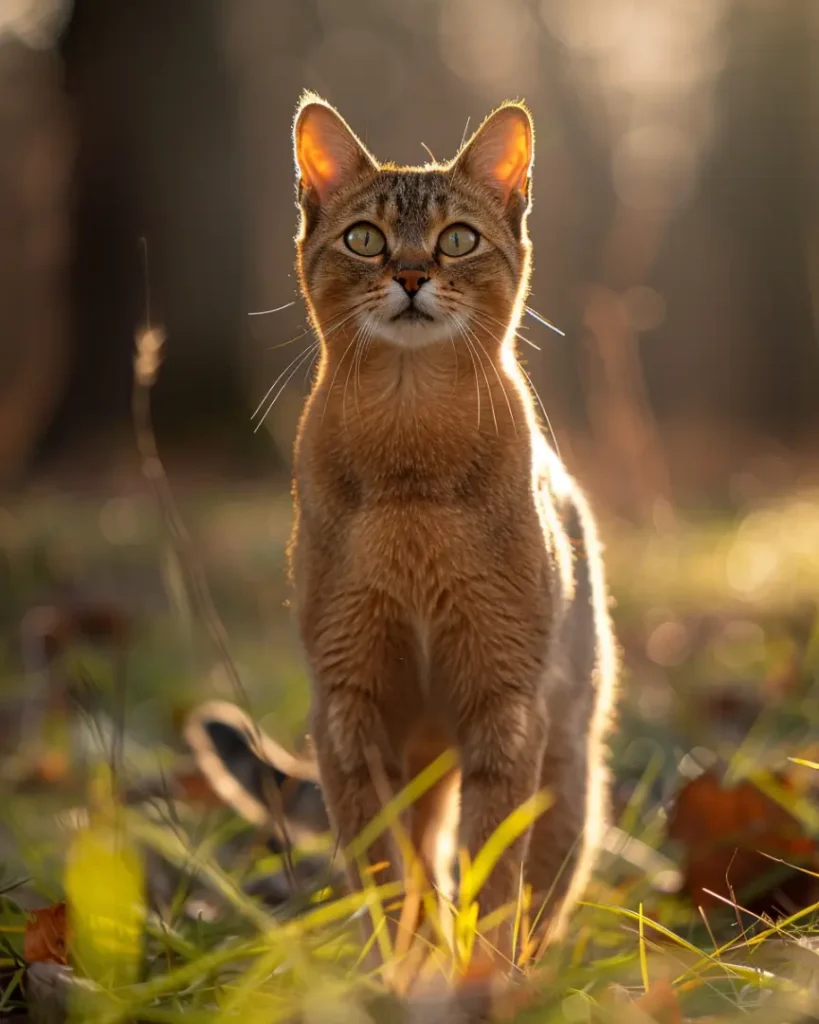
These are a domestic cat crossed with a jungle cat (Felis chaus) native to the Middle East, the Caucasus, and South and Southeast Asia.
This breed might look cute, but these cats are also hunting machines that endanger native animals.
4. Bengal Cats
These are a domestic cat crossed with an Asian leopard cat (Prionailurus bengalensis). The markings on this breed are very beautiful. But that doesn’t keep it off the banned list, with one exception. The Department of Agriculture and Fisheries states:
“Bengal cats may be imported into Australia if the animal is five generations or more removed from the Asian Leopard cat. This is known as an F5 hybrid.”
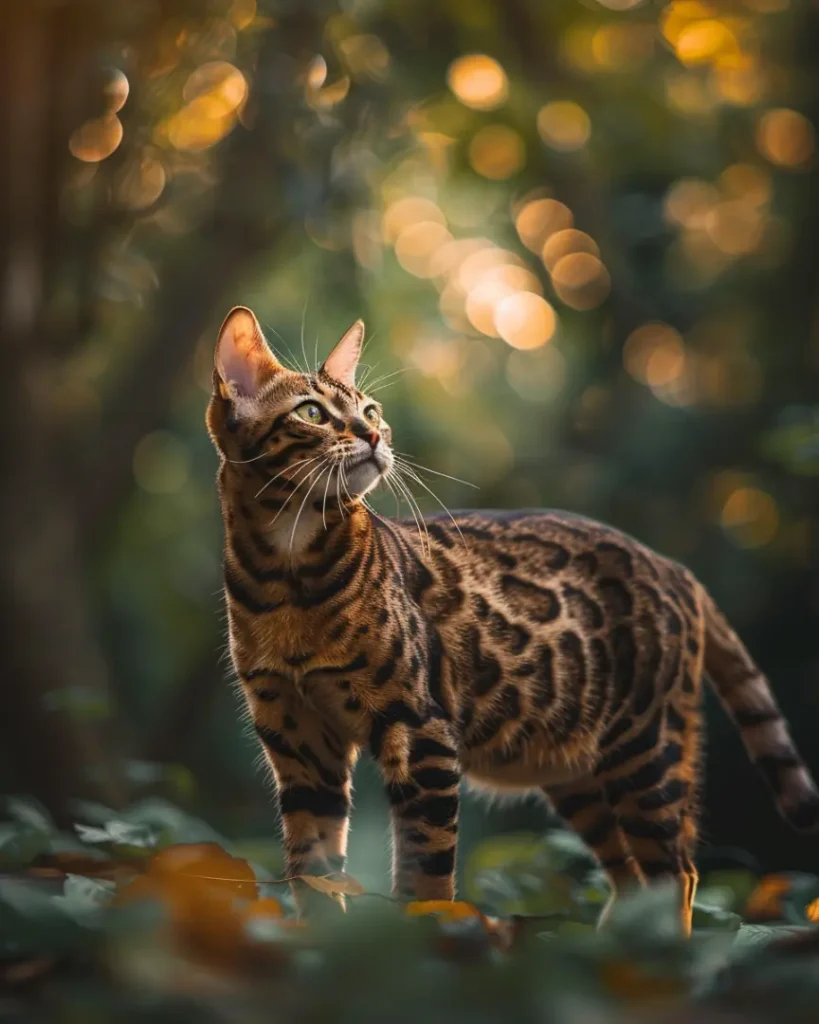
Reasons Behind Banning Dogs in Australia
The ban on certain dog breeds in Australia is primarily based on concerns surrounding public safety and the potential risk of dog attacks.
Breeds such as the American Pit Bull Terrier, Japanese Tosa, Dogo Argentino, Fila Brasileiro, and Perro de Presa Canario are often associated with incidents of aggression and attacks on people and other animals.
The ban aims to reduce the likelihood of such incidents occurring and protect the community from harm.
Additionally, these breeds may possess physical characteristics and behavioural traits that make them more prone to aggression and difficult to manage, especially in urban environments. Authorities seek to mitigate the risks associated with these breeds and promote responsible dog ownership practices across the country.
Identifying Banned Dog Breeds in Australia
Identifying banned dog breeds in Australia often involves recognising specific physical characteristics and behavioural traits common to these breeds.
Individual dogs may vary in appearance, but banned breeds typically exhibit certain traits that distinguish them from other breeds. Temperament can also vary widely among these dogs, although banned dog breeds may exhibit specific behavioural traits that are typical of their breed.
Physical characteristics of banned dog breeds
- Muscular build: Banned breeds often have a robust and muscular physique, with broad chests and powerful limbs.
- Strong jaw: Many banned breeds are known for their strong jaws and bite force, which can contribute to their perceived danger.
- Distinctive head shape: Some banned breeds have a characteristic head shape, such as a broad skull or pronounced muzzle, that sets them apart from other dog breeds.
- Unique coat patterns: Banned breeds may have distinctive coat patterns or colours that help identify them, such as brindle or patchy markings.
Behavioural traits of banned dog breeds
- Protective instincts: Banned breeds often have a loyal and protective nature. This can manifest in territorial or aggressive behaviours towards perceived threats.
- High energy levels: Many banned breeds are highly active and energetic. They need ample exercise and mental stimulation to prevent boredom and frustration.
- Prey drive: Some banned breeds have a strong prey drive. They may instinctively chase or pursue smaller animals or children.
Conclusion
These dog and cat breeds are banned in Australia. You won’t be able to bring these pets into Australia.
This might seem harsh because individual dogs from these breeds can be sweethearts. But authorities must consider the overall public safety, particularly for children.
Australia bans these cat breeds to protect native animals. Domestic cats already have a significant impact on native wildlife. Introducing these larger hybrid cats would be even more devastating to native populations.

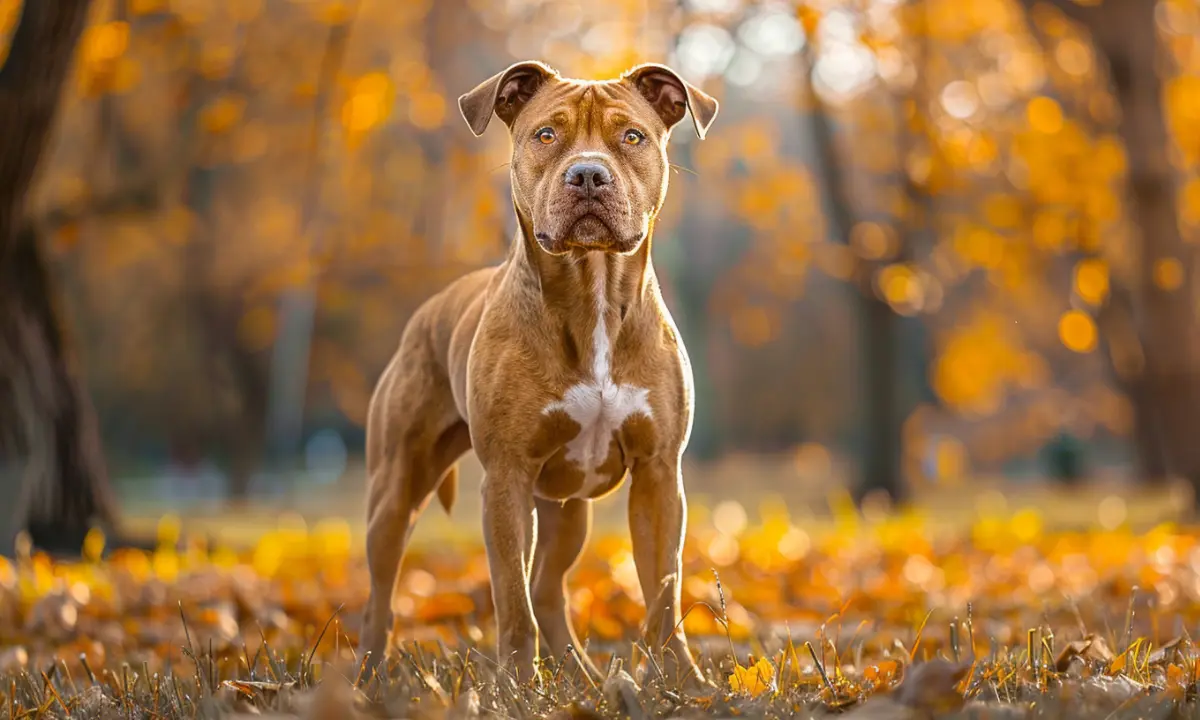


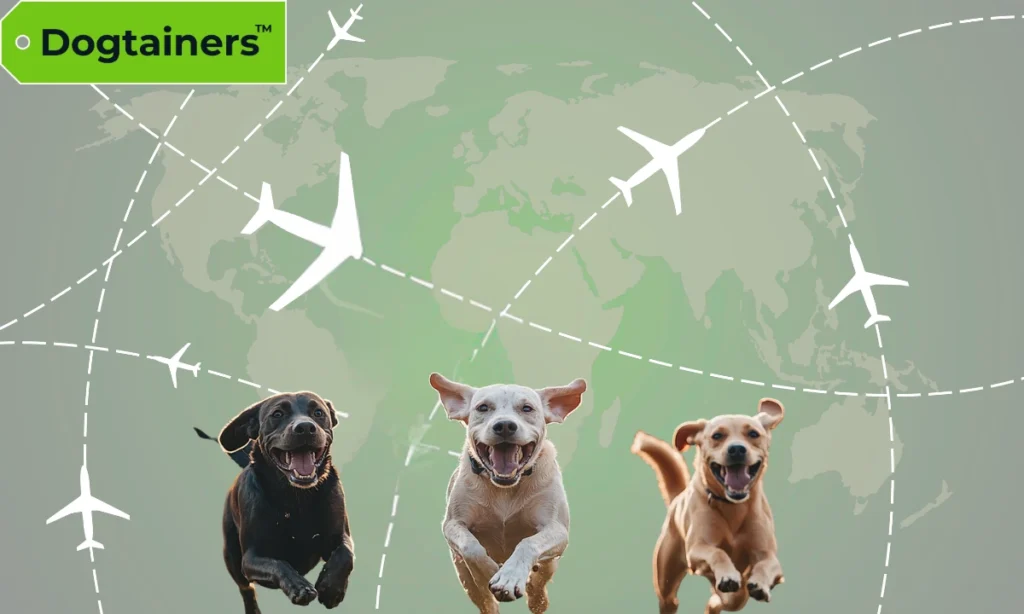
Share this article